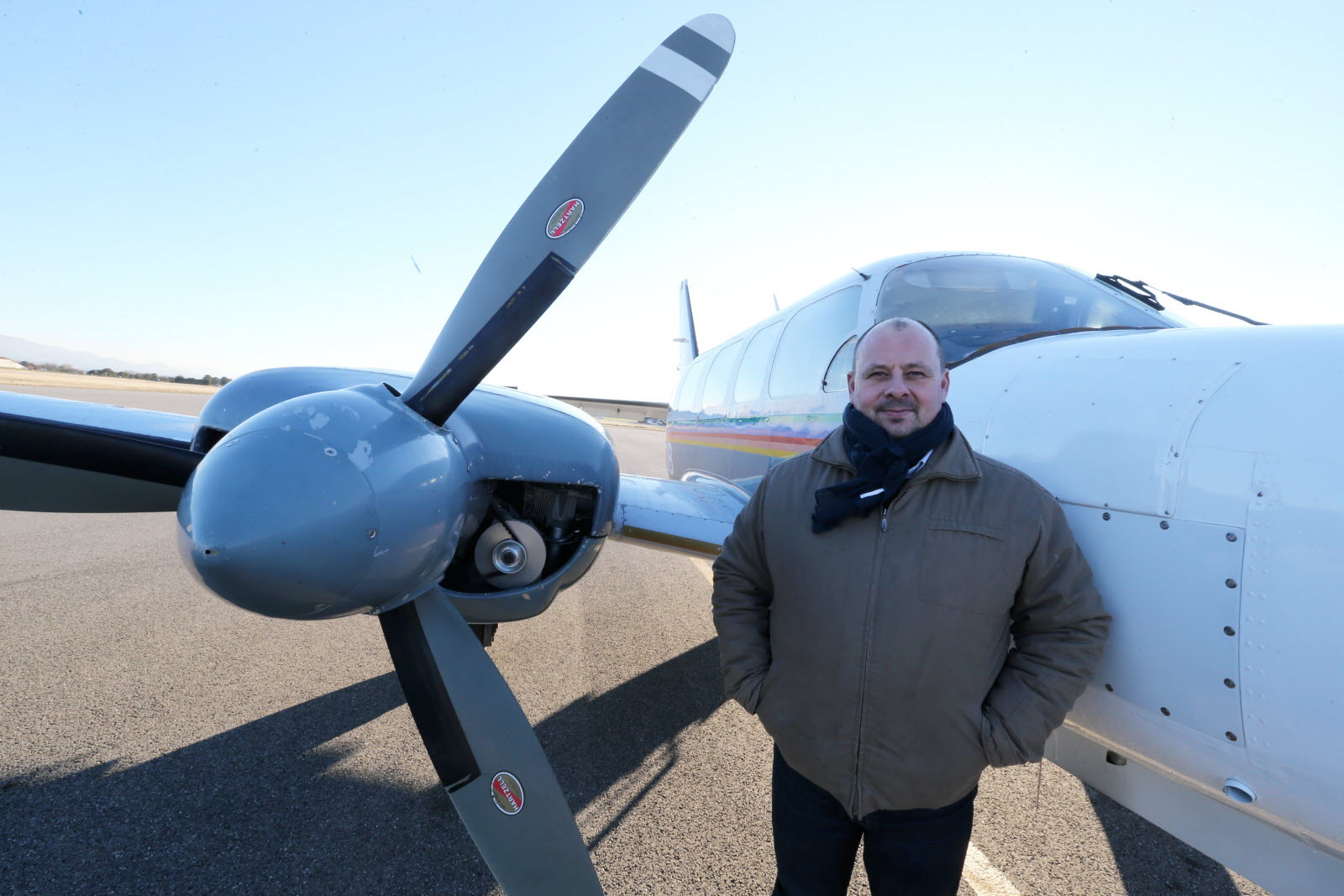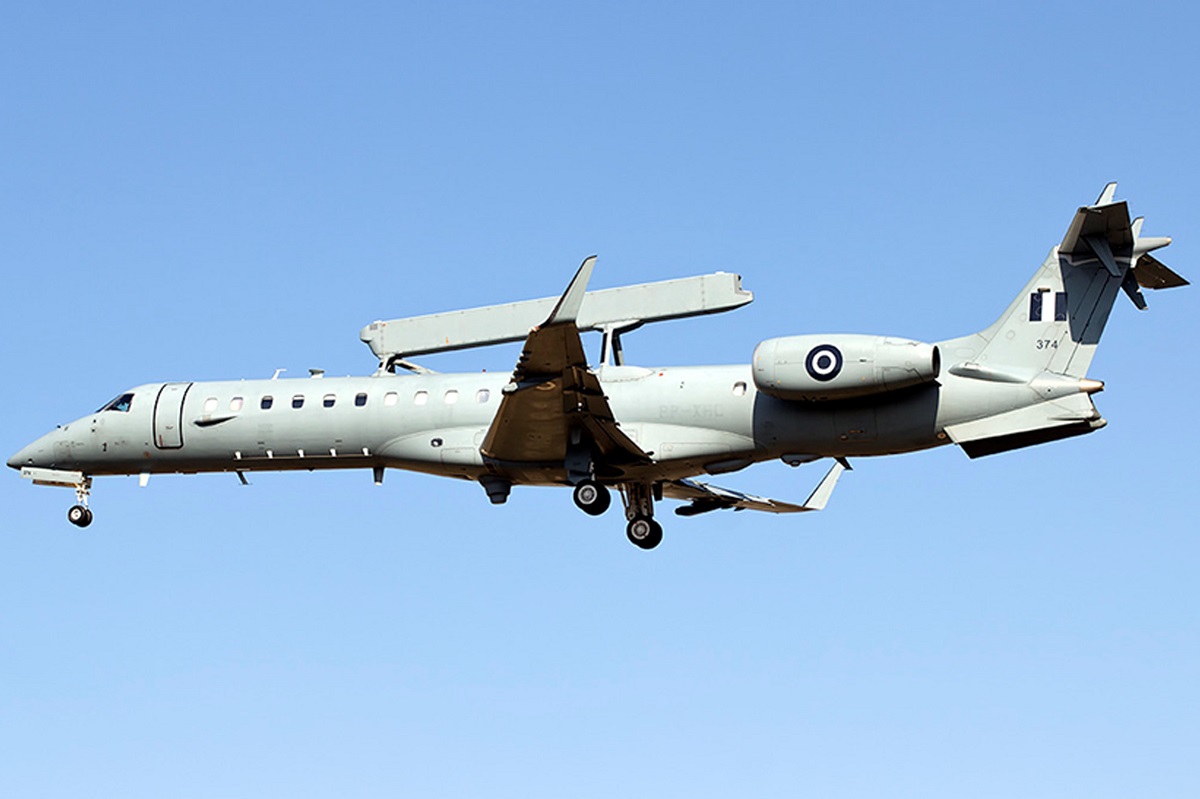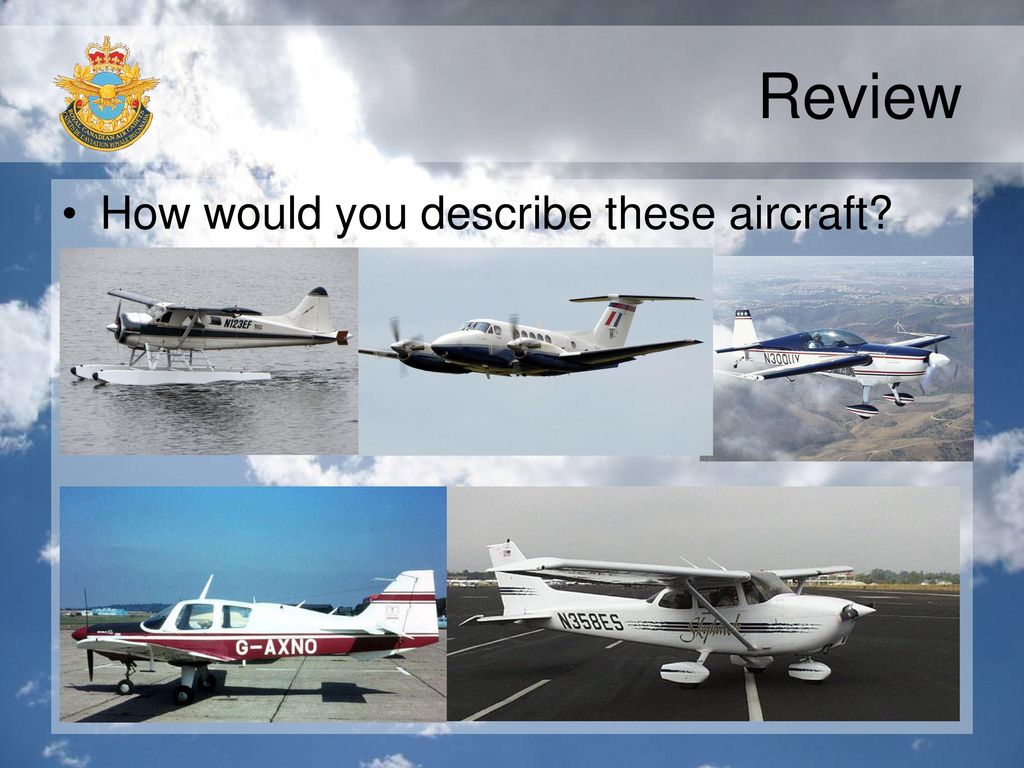Sw3 Aircraft - Above its gear, it sits high on the ground with a menacing rake that oozes speed and taunts you at the same time. (Photo courtesy of Piedmont Aircraft)
Used Turboprop Review: Merlin IV - Pain and Panic I pushed the thrust forward. Both engines started and I was in my seat in no time.
Sw3 Aircraft

I push the power lever forward. Both engines started and I was in my seat in no time. In an instant we reached 120 knots - jet speed. Lifting up the shackles of control, I crawled out of Milwaukee into the colorful night, pitch black and starless, with the icy waters of Lake Michigan outside.
Biplane And Aeroplanes In The Industrial Section Of The Science Museum London Sw3 Stock Photo
Once airborne, the wingtip turboprop accelerated rapidly - two more flashes and we hit 250 knots. Engine whirring, propeller whirring, echoing in the empty cabin behind me. A large portion of the dashboard is covered with placards. The autopilot went off, the nose wheel steering failed, and we lost our landing lights. I'm counting down the minutes until we reach the opposite bank. It's exhilarating.
I was flying that night on a Fairchild/Swearingen Metroliner, the darling of passenger airlines in the 1970s and 1980s. Once great, stripped of the interior trim, now it's cargo-carrying. If Procrustes designed a nacelle, this would be the result. With a ceiling height of 4.8 feet, a diameter of 5.2 feet, and a length of 33.1 feet, some call it a "flying pencil." Others named it a "grass ball" because it's in flight lore, and that's what happens if you lose your engine during takeoff with any load. On top of its cogs, it sits high on the ground with a dangerous rake that simultaneously accelerates and taunts you, almost like a Lamborghini supercar. Why buy a minivan when you can own it?
M7 Aerospace Merlin IVC Specifications M7 Aerospace Merlin IVC Specifications Type: Turboprop Nacelle Size: 608 cubic feet Range: 1,170 nautical miles Price (new): $3.7 million More Info
A friend who was an airline pilot who flew Metroliners in the 1970s told me that some passengers would look at the plane and deny boarding. In fact, his company tried to hire short-haul flight attendants because they could move around the cabin better.
Colcharter Air Ambulance Hk 5225 Livery Model Steve's Metroiii Mod
The Metroliner was developed from the Swearingen Merlin twin turboprops of the 1960s, the main difference being a slightly longer wing and fuselage. Fairchild — the legendary defense contractor and builder of aircraft, including the A-10 Warthog ground attack aircraft that became the darling of the first Gulf War — originally built only the Metroliner's wings.
Commander of the SJ30 light aircraft, renowned aircraft designer Ed Swearingen developed the Merlin in the 1960s. Of the more than 440 sold between 1967 and 1991, some 117 were Merlin IVs, Metroliners that used wings and fuselages, but were configured with executive seats, usually for nine to fourteen people. The Merlin is among the turboprops. An era of speed, range and payload capacity - performances that remain intact today. The aircraft has a maximum range of 1,750 nautical miles (with 1,170 seats), a cruise speed of 280 knots, a cabin of 490 cubic feet and 181 cubic feet of luggage space.
All these abilities come at a price in the mechanic and pilot in principle. Hang out for a while near the parking lot where they work on these planes, and you'll hear all the languages your mother never taught you.

For a turboprop, the Merlin is complex, and the cockpit makes the space shuttle look simple: a dizzying array of switches, circuit breakers, control knobs and gauges packed into a small area. In the words of the pilot, the plane was "relentless" - fast and hard working. There is even a "missile ejection" device in the design's tail cone. High runways for hot weather. The TPE331 engine (currently manufactured and sponsored by Honeywell) has an alcohol/water injection system for increased power. (Water gives you more power by lowering exhaust and turbo temperatures without overheating the engine.)
Swearingen Merlin Iiib (f Grnt) Aircraft Pictures & Photos
You can fly solo, but unless your captain is at the top of his game and has a lot of experience, it's probably a bad idea. At least, it shows up in the National Transportation Safety Board's database, where you can find about 300 records related to incidents and accidents with all types of aircraft. However, according to the Aviation Safety Foundation's Aviation Safety Network, the Merlin IV appears to have a good operational safety record; his reports indicate that only one incident of ship loss occurred during a business or private flight. It was 1975, when a pilot was trying to see a photo in the fog. (That's why they awarded the Darwin Award.
Although Swearingen was a talented designer, his company ran into trouble in 1971. It couldn't pay Fairchild's debts, so Fairchild essentially took a 90% stake and recreated Swearingen Aircraft Corporation.
Before that, Swearingen had developed a long Merlin called the Metroliner for use in airline operations, but had problems bringing it to market. Now with Fairchild support, this is no longer an issue. The company built the 605 between 1971 and 1997. Many still fly as "cargo dogs", airliners or military surveillance platforms - often in remote locations such as Africa, the Australian outback and the coldest parts of Canada. Head to North Dakota's Bakken oil boom and you'll still see Metroliners carrying cargo and goons.
There are several reasons for this. Mainly because of the capacity of the plane, it is cheap to buy. According to the Vref Aircraft Pricing Service, the 1983 Merlin IVC retails for $880,000; ten-year vintages sell for as low as $280,000.
Alaska Airlines Presents: \
Second, these planes are built to airline standards and are therefore ridiculously built. The upper limit of the life of the trunk is 25,000 hours, and the 30-year-old on the market rarely exceeds 12,000 hours, and it has always been. Look closely and you'll see that Merlin has put in less than 7,000 hours - maybe even 5,000. The boat is strong and compact enough to maintain the cabin at sea level up to 16,000 feet. Of the 1,053 Merlins and Metroliners produced, an estimated 75 percent are still flying.
Last but not least, there's the engine. Run with proper skill, they deliver good fuel economy and more power. They are well supported by Honeywell through their global service network and continue to find ways to reduce part costs or extend intervals between overhauls. Honeywell's Hourly Engine Maintenance Program (approximately $60 to $100 an hour depending on the condition of the engine at the time of registration) helps eliminate unscheduled engine service. Yes, the King Air is easier to fly and simpler to maintain. But you don't really need a minivan. You want a Lamborghini.
Business Jet Traveler is a publication of AIN Media Group, Inc., 214 Franklin Avenue, Midland Park, NJ 07432. Copyright 2023. all rights reserved. The Fairchild Swearing Metroliner (formerly known as the Swearing Metro and later the Fairchild Aerospace Metro) was a 19-. single-seat pressurized twin turboprop aircraft first built by Swearing Aircraft and later by Fairchild Aircraft at a facility in San Antonio, Texas .

A Metro II cargo convertible with a large cargo door on the rear left.
Hrw: Airborne Complicity: Frontex Aerial Surveillance Enables Abuse
The Metroliner is an evolution of the Swearing Merlin turboprop business jet. Ed Swearing, a fixed base operator (FBO) in Texas, started the development that led to the Metro by incrementally improving the Beechcraft Twin Bonanza and the Que Air business jet, which he called the Excalibur.
A new fuselage (but with a similar nose) and fixed tail was developed and combined with salvaged and rebuilt (wet) Que Air wings and horizontal tail and Twin Bonanza landing gear; this became the SA26 Merlin, or More or less a pressurized Excalibur. With subsequent models (SA26-T Merlin IIA and SA26-AT Merlin IIB), the engine was changed to a Pratt & Whitney Canada PT6, Garrett TPE331 turboprop. These planes are marketed as business jets with seating for 8 passengers.
A completely new aircraft was built and designated SA226-T Merlin III, with a new nose, wings, landing gear and horizontal tail.
And inverted-entry Garrett engines. In the end, a route for Merlin III was designed, the size can accommodate 22 people, called SA226-TC Metro. Since the FAA limits the number of passengers to more than 19 seats if there are no passengers on the flight, the plane adjusts to accommodate that number of passengers. The standard engines supplied are two TPE331-3UW turboprops driving three propellers. A corporate version called the SA226-AT Merlin IVA also hit the market, initially selling about twice as many as the Metro.
Alan Kulwicki Plane Crash
Construction of the Metro prototype began in 1968, and the first flight took place on August 26, 1969. Swearing Aircraft faced financial difficulties at this stage, and Fairchild (then a
Superior aircraft engines, superior aircraft, kestrel aircraft superior wi, superior aircraft engine parts, superior aircraft cylinders, superior fire services, superior services, superior home inspection services, superior gate services, superior septic services, superior plumbing services, superior aircraft parts
0 Comments